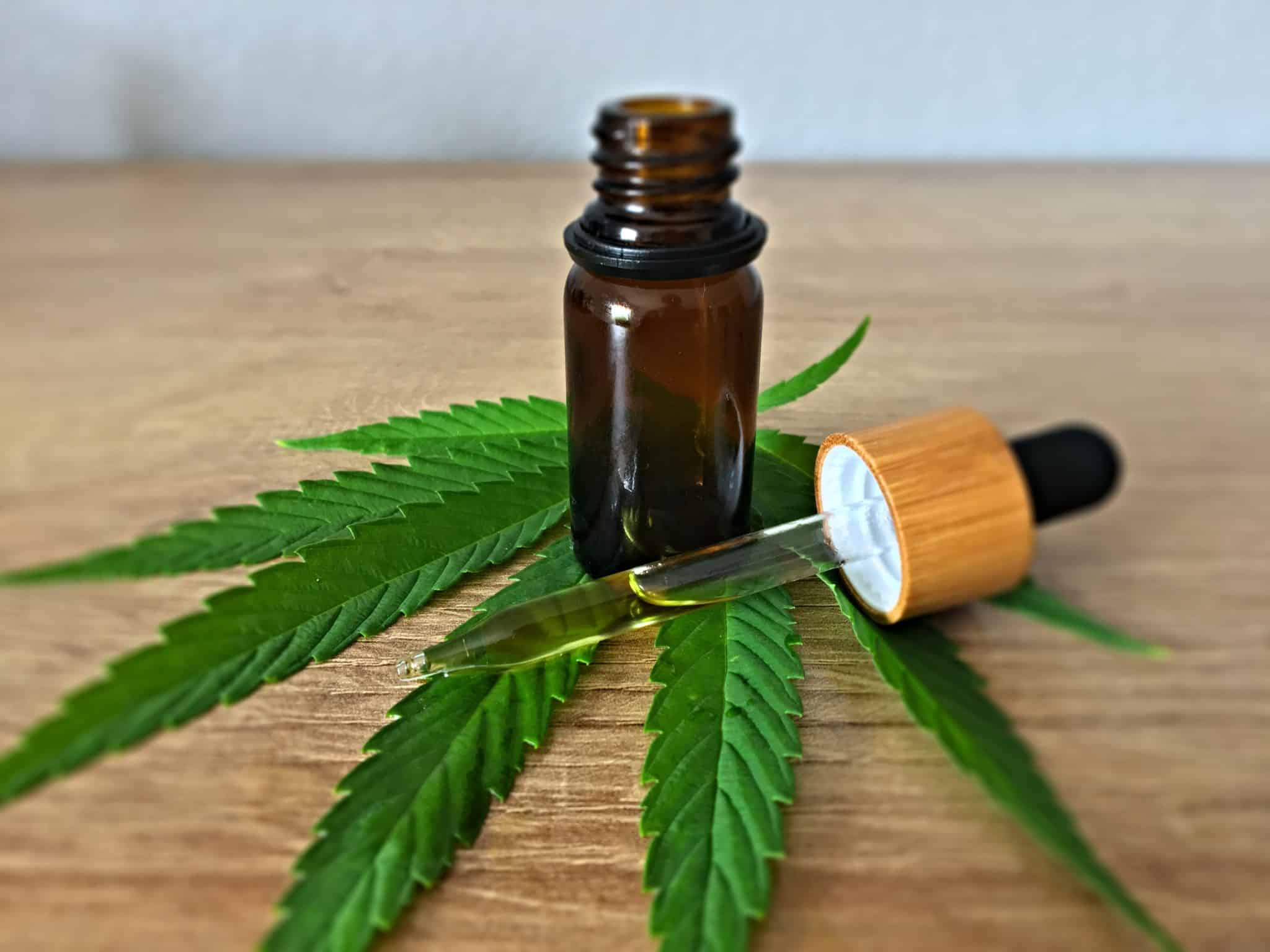CBD oil, obtained from the marijuana plant, has gained broad consideration for its expected therapeutic advantages, especially in managing pain. Numerous people look for cbd oil for pain as an option, in contrast to the customary pain the board draws near.
Understanding CBD and Pain
CBD, or cannabidiol, communicates with the endocannabinoid system (ECS) in the human body. The ECS assumes a vital role in managing different physiological cycles, including pain sensation. CBD does not tie straightforwardly to cannabinoid receptors yet impacts them in a roundabout way, balancing the impression of pain and irritation.
Immediate Effects:
CBD’s speed in easing pain symptoms can differ in light of elements like the individual’s digestion, the seriousness of pain, and the technique for utilization. At this point, when breathed in through vaporization or smoked, CBD might give more immediate relief as it quickly enters the circulatory system. This rapid ingestion is considered a quicker reaction to intense pain, making pursuing it a famous decision for those looking for quick relief.
Sublingual Administration:
Another strategy for consuming cbd oil for pain is sublingual administration, where oil drops are put under the tongue. This considers somewhat quick ingestion through the mucous layers, bypassing the stomach-related system. Clients frequently report feeling effects within 15–45 minutes, making it a helpful choice for those looking for moderate-speed relief from pain symptoms.
Edibles and Delayed Onset:

CBD-injected edibles, like chewy candies or cases, have a slower onset of activity because of the stomach-related process. The body processes CBD through the liver before it enters the circulatory system, bringing about a delayed yet drawn-out impact. While the onset might require 1-2 hours, the supported relief makes edibles an appealing choice for managing constant pain over a lengthy period of time.
Topical Application:
CBD-imbued creams, medicines, or fixes target confined pain when applied straightforwardly to the impacted region. The onset of relief through topical application is commonly quicker than that of edibles, yet slower than that of inward breath or sublingual techniques. Clients might encounter relief within 15 minutes, making it appropriate for focusing on unambiguous pain.
CBD oil’s capacity to alleviate pain symptoms quickly relies on a few variables, including the strategy for utilization and individual qualities. While breathed-in or sublingual techniques give quicker relief, edibles and topicals offer extraordinary benefits in explicit circumstances. Likewise with any enhancement or medicine, talking with a medical services expert is urgent to decide the best and safest methodology for the individual pain the executive needs.



